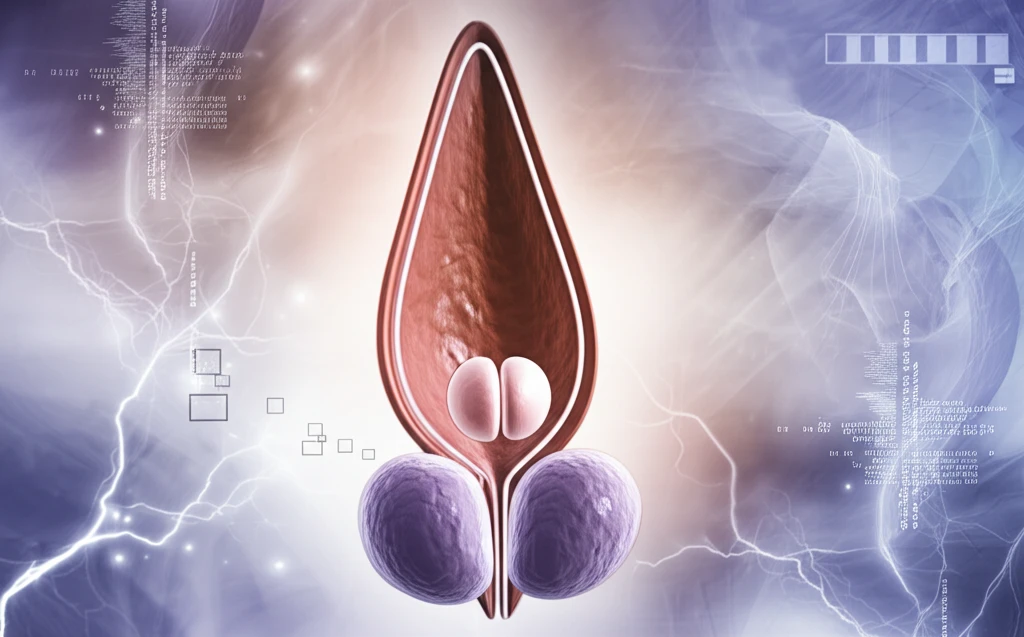
Prostate Cancer Radiotherapy: Understanding Your Treatment Options and Recovery
"A comprehensive guide to prostate cancer radiotherapy, covering the latest techniques, side effect management, and what to expect during and after treatment."
Prostate cancer stands as one of the most frequently diagnosed malignancies affecting men worldwide. When faced with this diagnosis, understanding the available treatment options becomes paramount. Among these options, radiotherapy, alongside surgery, plays a central role in curative treatment strategies.
This guide aims to provide a comprehensive overview of prostate cancer radiotherapy, simplifying complex medical information into accessible insights. We will explore various radiotherapy techniques, including external beam radiotherapy (EBRT) and brachytherapy, shedding light on their mechanisms, benefits, and potential side effects.
Whether you're a patient, a caregiver, or simply seeking knowledge, this resource offers essential information to empower informed decisions and navigate the journey with greater clarity and support. The focus is on optimizing treatment outcomes and minimizing long-term side effects, ensuring a better quality of life during and after prostate cancer treatment.
What is Radiotherapy and How Does it Fight Prostate Cancer?

Radiotherapy, at its core, uses high-energy radiation to target and destroy cancer cells. The goal is to precisely damage the DNA of these cells, preventing them from growing and dividing. Two primary methods are employed in prostate cancer: external beam radiotherapy (EBRT) and brachytherapy.
- External Beam Radiotherapy (EBRT): Delivers radiation from outside the body using a linear accelerator. Often involves multiple sessions to maximize cancer cell damage and minimize harm to healthy tissues.
- Brachytherapy: Radioactive seeds or sources are placed directly into the prostate gland. This allows for a high dose of radiation to be delivered to the tumor while sparing surrounding tissues.
Empowering Your Journey Through Prostate Cancer Radiotherapy
Navigating prostate cancer treatment can feel overwhelming, but understanding your options and actively participating in decisions about your care can make a significant difference. Radiotherapy, whether through EBRT or brachytherapy, offers effective pathways to combat prostate cancer. By working closely with your healthcare team and staying informed, you can approach treatment with confidence and resilience.
